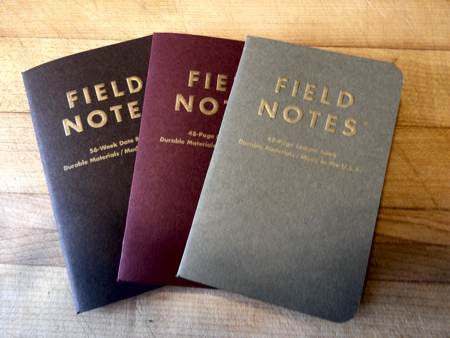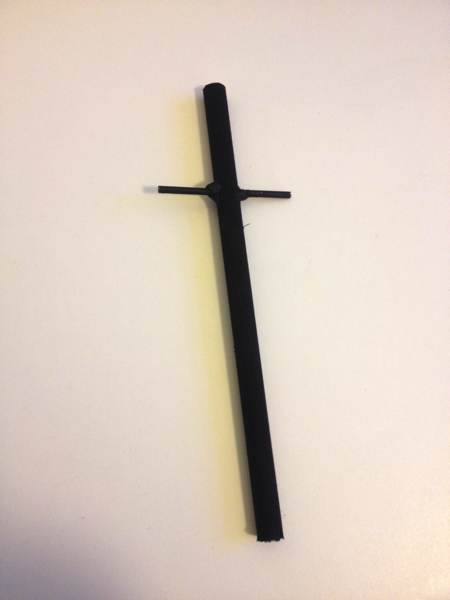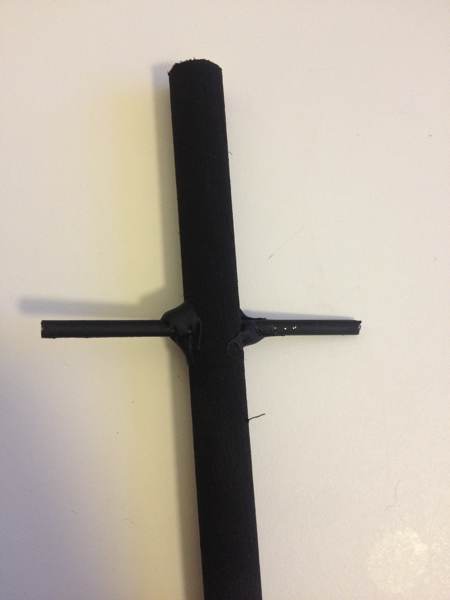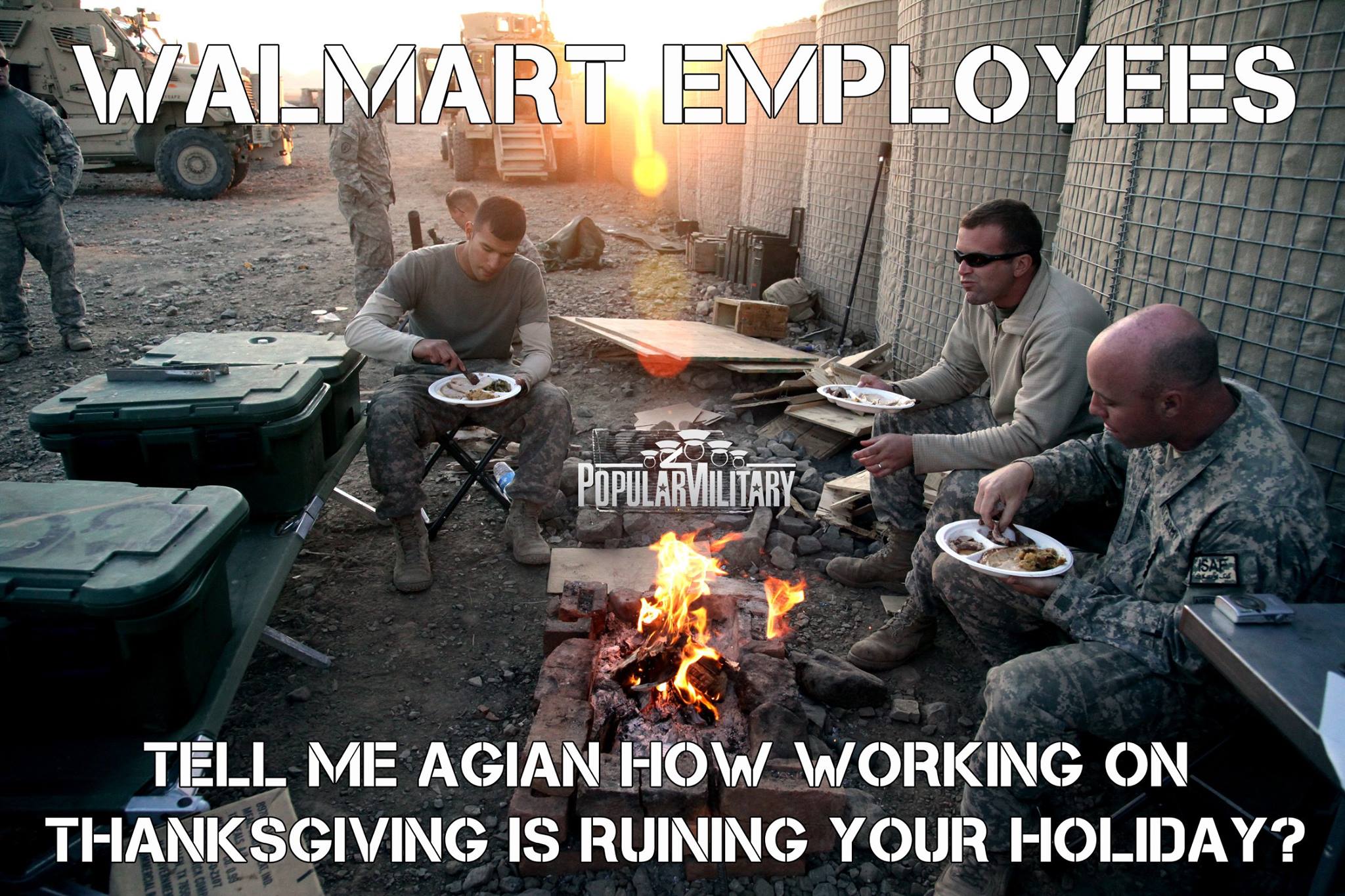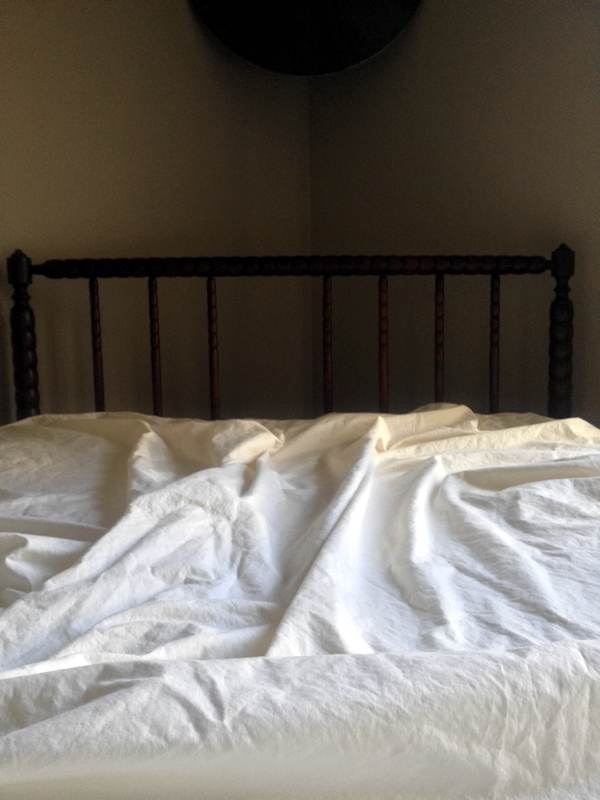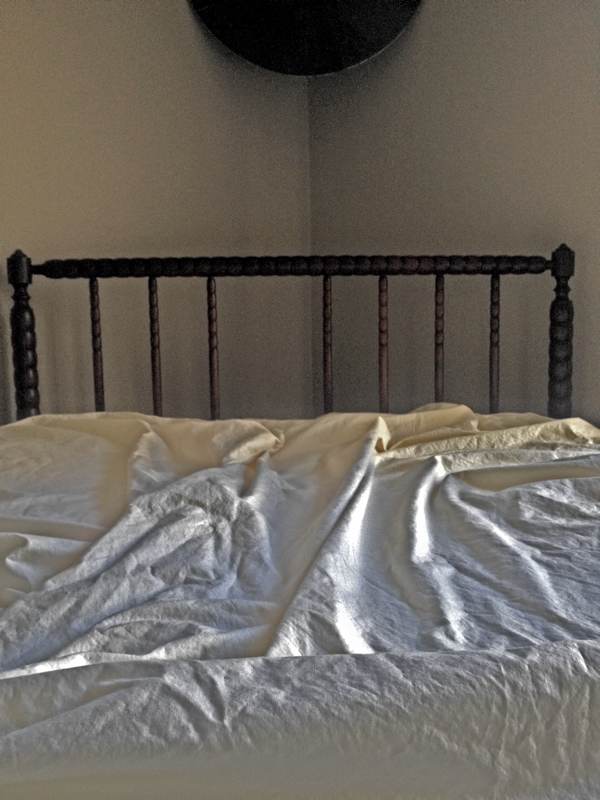Yes, I know it’s Thanksgiving, but I woke up from dreaming about a) men getting tattoos, and b) the symphony.
Leaving aside the tattooed men for the moment—oh, GROW UP YOU PEOPLE—I decided to slip upstairs while I could and crap out some notes. I had gotten the fourth movement nicely started, and then it nicely ground to a silence, which was my intent. The problem with grinding to a silence is that then one must start back up. That’s where the dilemma is, and that’s what I woke up dreaming. If I had actually dreamed a solution, that would have been fantastic, but I didn’t. I just awoke to the need to do something about it.
For the moment, I’ve been falling back on my “abortive attempts” strategy: putting in a double bar (to mark my place) and just plopping out new sounds to see if I can trigger something that works. I’ve also been going back into the file of the original fourth movement and stealing stuff I liked from there to see if it will fit in with the new stuff. Which it should, because as I said previously I’m not starting from scratch, just rewriting what I’ve already done. So far, it’s a good stopgap measure: the old work is not bad stuff, and it may get me started when I’m actually able to sit down and work all day on it.
You will have noticed that I have not shared any of this.

So, tattooed men.
Let’s see if I can find a nice, pretty, safe-for-work image of what was running through my head last night…

That’s kind of it, although I recall the tattoos as being more geometric than tribal, just big blocks of black. We were at some kind of social gathering, and all the men had these tattoos on their arms. (Click on the image to see the whole page of some very nice tattoos. And then click on this link to see some absolutely beautiful tattoos!)
Other than my long-term fascination with tattoos, I don’t have any explanation for the dream. The whole concept of marking oneself appeals to me, and it would be disingenuous of me not to recognize that part of the appeal lies in what I take to be an inherent masculinity in the concept. (Certainly the young men on the tribal page are healthy exemplars of manly manliness.)
However, I’ve always shied away from the idea of large tattoos on my own personal body. The two I have are small and discreet. If you didn’t know I had them, you’d never know. I think it’s because I have no confidence in my ability to carry it off, masculinity-speaking-wise. I don’t have the broad chest or shapely biceps that the specimens you see on the internet have, and I never did. One doesn’t want to look ludicrous, after all.
I’ve been forbidden to get more tattoos because some of us don’t find them appealing so it’s kind of a moot point to think about the topic, but there are at least three that I would get if I could.
The first is my lovely first wife’s signature. You’d think that one would be appealing, but no. I’ve informed her that if she dies, I’m showing up at the funeral with her name tattooed on me and everyone will think it’s sweet. Probably I’d want that one on the inside of my wrist. (FYI, I have a sheet with her signature already filed away.)
The second is a lizard. I hesitate to use the term “spirit animal” out in public, but it’s an animal that has recurred in my meditations and in my art collecting, and one day I realized that I have half a dozen of the critters sitting around my study and the labyrinth. It must mean something. I don’t have a design picked out, and I’m not sure where I’d put it. Maybe as I continue to evolve into an Old Man, I’ll get a rather large one on my chest. Break down that particular barrier. (For a very interesting explication of what tattoos can mean, I highly recommend Seven Tattoos by Peter Trachtenberg.)
The third one is the Lichtenbergian motto, Cras melior est, which translates as “Tomorrow is better.” This is my friend Kevin’s idea for his tattoo, and I don’t know why it didn’t dawn on me previously. Upper arm, perhaps, or my shoulder blade? As I said, it’s a moot point, so I don’t spend a lot of time pondering the issue.
There may be others. I seem to recall wanting four, but nothing is bubbling to the surface at the moment. The important thing for me is that none of them are decoration. The tattoos on the two pages to which I’ve linked are beautiful, but many of them seem to be sheerly decorative, “tribal” in the sense of “trendy/in-crowd.” That’s not what I’m after.
I think that the best word to describe what I hope for in getting a tattoo is incorporation. (I will now pause to let Marc shiver with a frisson of sinthome or whatever it is he shivers with.) The marks I want on my body—permanently—are markers: some thing, some idea, some force that I want embodied on my body and in my living. I crave the commitment.
Hm. I did not plan to write about tattoos this morning. Wonder what that’s about?
